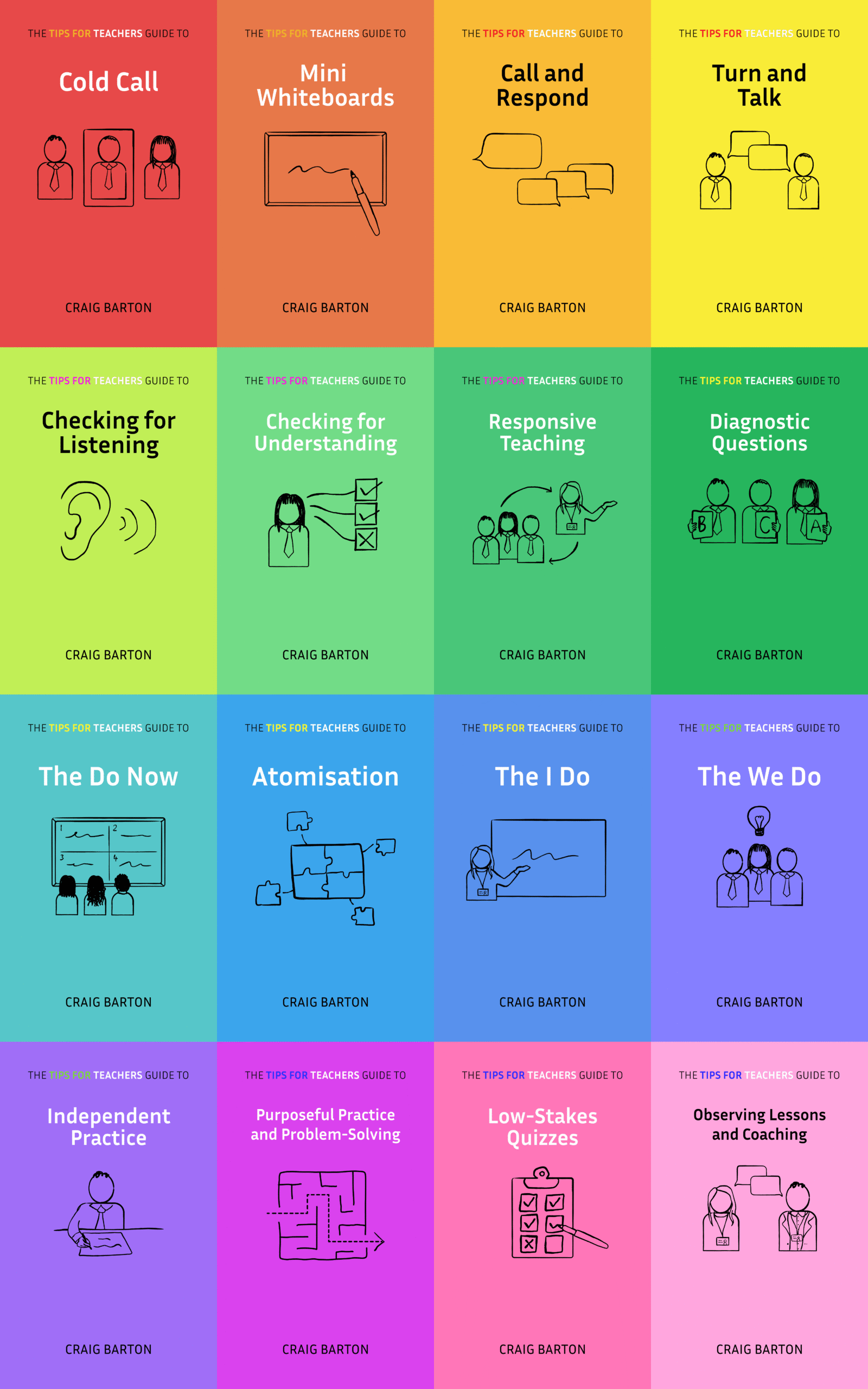
- Title: Long-term hypercorrection, return errors, and the transfer of learning in the classroom
- Authors: Corral and Carpenter
- Access the original paper here
- Listen to a deep-dive podcast:
Paper summary
This study explores the hypercorrection effect, a phenomenon where individuals are more likely to correct misconceptions they are highly confident about after receiving feedback. The study examines whether this effect is present in a classroom setting using complex educational materials, whether the correction persists over time, and whether the effect extends to the transfer of learning to novel scenarios. The researchers found evidence for hypercorrection in the classroom, but also found that a significant proportion of corrected misconceptions returned after an extended delay, particularly those the students were initially confident about. Further, the study found that the hypercorrection effect extended to the transfer of learning, suggesting that the effect is not simply a result of rote memorization. These findings have implications for educators, suggesting that the hypercorrection effect can be leveraged to improve student learning but that instructors should be aware of the potential for misconceptions to return over time.
What are the key implications for teachers in the classroom?
- Teachers can use the hypercorrection paradigm to help students correct misconceptions. The hypercorrection paradigm involves quizzing students on course concepts, asking them to provide confidence judgments for each response, and then presenting them with correct-answer feedback.
- This activity can be easily incorporated into online or in-class activities. This could be particularly beneficial for addressing high-confidence misconceptions and identifying challenging concepts that need more focused instruction.
- Teachers should be aware that some corrected misconceptions may return after a delay. The sources note that about 20% of misconceptions initially corrected by students might resurface after an extended period.
- Instructors can use students’ confidence judgments to inform their teaching. By understanding which misconceptions students are most confident about, teachers can tailor their instruction to directly address those areas and potentially prevent them from persisting. This approach can help teachers pinpoint key concepts that are susceptible to intuitive but incorrect understandings and may need additional instructional attention.
- The hypercorrection effect is not just about rote memorization; it also involves comprehension and transfer of learning. Students demonstrated the ability to apply corrected knowledge to novel situations, indicating a deeper understanding of the concepts beyond simple recall.
- The studies were conducted with volunteer students who may have been highly motivated, so the findings might not generalize to all student populations. Further research is needed to see if these results hold true for less motivated students.
Quote
Thus, our results suggest that instructors can indeed leverage the hypercorrection paradigm to correct student misconceptions, and thereby improve learning in the classroom.








